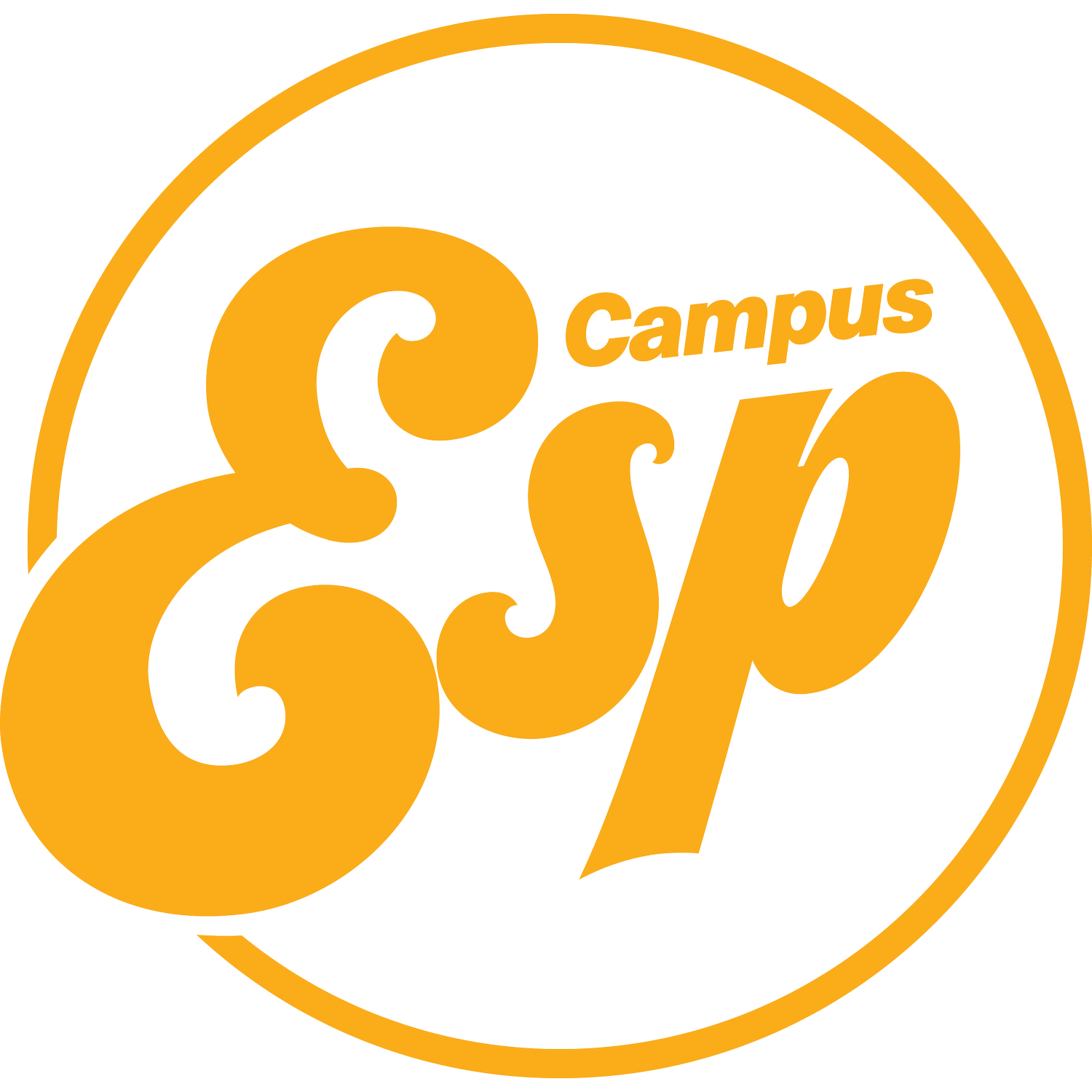From inbox overload to record enrollment: How Coastal Carolina University transformed family engagement
After shifting from rolling admissions to hard deadlines, Coastal Carolina University saw a 43% increase in first-year applications over just two years. With that growth came growing pains, families had more questions, staff were overwhelmed, and outdated communication processes couldn’t keep up.
Instead of hiring more staff or drowning in emails, Coastal adopted a smarter, more scalable strategy with CampusESP. The result?
10% increase in first-year student registration
72% family email open rates
Consistent engagement from inquiry through orientation
CampusESP enabled personalized, data-driven outreach tailored to each phase of the funnel, written for specifically for families, and aligned with existing student campaigns.
Coastal Carolina is proving that family engagement isn’t just a nice-to-have, it’s a strategic lever for enrollment success.
From deadlines to demand: 43% application surge, 25% first-gen
When Coastal moved from rolling admissions to hard deadlines, families unfamiliar with the new timeline became confused and concerned. Applications jumped 43% in just two years. Students were now coming from all 50 states and over 50 countries and 25% identified as first-generation.
More families were involved. More questions flooded in. And the old way of communicating, manually forwarding emails or duplicating student messaging just wasn’t scalable.
“We were getting the same question over and over again: ‘When is my student going to hear back?’” — Amanda Craddock, VP of Enrollment
A simple strategy, powered by the right platform
Coastal didn’t need to rebuild their process from scratch, they needed a smarter way to communicate. CampusESP provided a flexible, easy-to-use platform that helped them build a flexible framework that supported every stage of the enrollment journey.
Cut confusion with pre-decision email campaigns
To get ahead of frequently asked questions, Amanda’s team started sending targeted emails to families before decisions were released. These included:
Clear admissions timelines (early action, early decision, regular)
Counselor contact information
Open house invitations
“It really cut down on the questions… We had a 72% open rate, and people were clicking through. It only took me 5 or 10 minutes to put it together using CampusESP’s AI tool.” — Amanda Craddock, VP of Enrollment
Curate family communication for every funnel stage
Once students were admitted, Coastal launched a biweekly cadence of emails to families, each tailored to where students were in the process. Highlights included:
Financial aid updates (written by the Financial Aid team)
University highlights (e.g., Fulbright and Truman Scholars)
Clear next steps for deposits, housing, and registration
Amanda emphasized that these weren’t recycled student emails. They were written in a family-friendly tone and prioritized clarity and care.
“Sometimes I just asked my team, ‘What are families confused about this week?’
That became our content plan.”
The result: family engagement remained strong throughout the summer especially during the critical July–August period.
Align with student touchpoints, don’t duplicate them
Coastal didn’t just send families what students received. They strategically timed family messaging to reinforce existing student outreach. For example:
If students received a postcard, families got a companion email
When Financial Aid sent student award letters, the team followed up with explanatory emails to families
Every email was curated based on real-time questions staff were hearing, from password setup issues to confusion about orientation steps.
“Sometimes I just asked my team, ‘What are families confused about this week?’ That became our content plan.” — Amanda Craddock, VP of Enrollment
The results? Families stayed engaged well into summer, especially during the critical July – August stretch.
Human comms build trust
Every message sent through CampusESP came from a real name, not a generic inbox. Amanda’s team prioritized warmth, transparency, and real contact info.
“We weren’t fancy. We weren’t overly polished. But we were intentional and that made all the difference.” — Amanda Craddock, VP of Enrollment
By communicating in a voice families trusted, Coastal reduced uncertainty and fostered stronger connections.
The results: from questions to confidence
By rethinking family communication, Coastal didn’t just answer questions — they changed outcomes.
With CampusESP, they navigated a record-breaking admissions cycle with clarity and calm. Families felt informed. Staff felt empowered. And most importantly, students followed through.
“We saw a 10% increase in first-year registration,” Amanda shared. “That’s not from adding more counselors, that’s from building trust with families and helping them support their students.”
What’s next:
Coastal’s next phase of family engagement is all about precision and action.
With families already tuned in through CampusESP, Amanda and her team are exploring ways to take things deeper like syncing application checklists from Slate directly into the family portal.
“We know family members are driving this process in a lot of ways,” Amanda said. “Being able to show them which checklist items are incomplete, whether it’s the final transcript or an orientation step, means we can help them help their students cross the finish line.”
It’s a small change with big potential: turning passive updates into real-time nudges that support both families and enrollment goals.
“That’s probably what we’re going to be looking at next, how do we use CampusESP to support application completion and pre-matriculation steps that may otherwise get missed?” — Amanda Craddock, VP of Enrollment
The Slate “Suitcase” integration is already available at no extra cost, just a new layer of connection.
Coastal Carolina University is showing that when you empower families with the right information at the right time, the results follow. And they’re just getting started.






